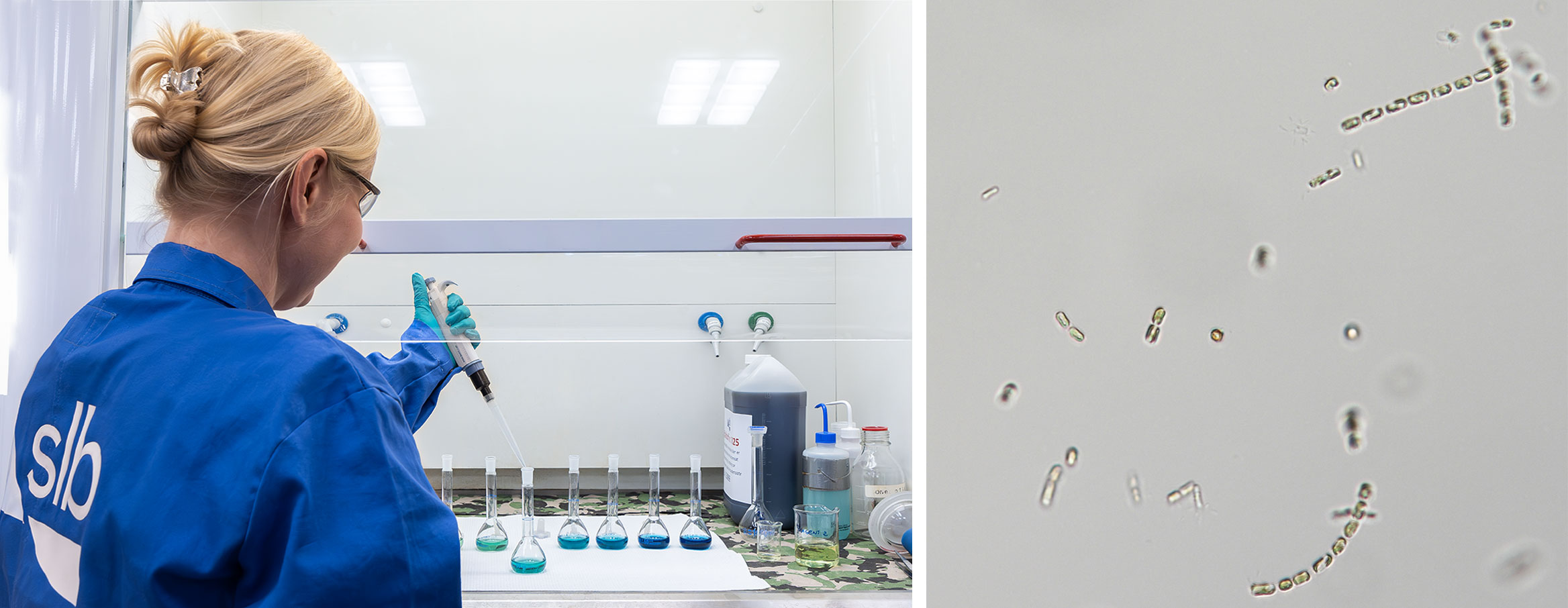Reduce production risk and improve returns.
Novel assessment methodology rapidly and cost-effectively proves reduced environmental impact of new chemistries
Using its environmental and consulting expertise, SLB demonstrated an accelerated technique for determining the ecological impact of a recently implemented corrosion inhibitor and H2S scavenger. The faster, more cost-effective, yet more accurate procedure proved the lower environmental impact of the new products and enabled Equinor to meet its regulatory deadline.
North Sea operators are required to report the Environmental Impact Factor (EIF) of produced water discharges to ensure compliance with OSPAR mandates. OSPAR is the mechanism by which 15 governments and the EU cooperate to protect the marine environment of the northeast Atlantic. Products that contribute significantly to the EIF are typically both toxic at low concentrations and water soluble. A low EIF is desirable, otherwise costly mitigation measures may be required.
Based on its long history with SLB and the latter’s strong environmental credentials in the North Sea, Equinor adopted a new SLB corrosion inhibitor and H2S scavenger that have significantly reduced ecotoxicity. However, a lack of chronic toxicity data resulted in the assignment of a higher EIF. The operator wanted to reduce the EIF of the relevant installations.
The first step in accurately assessing EIF usually consists of performing chronic (longer-term) toxicity tests on the substance, using organisms from different trophic (nutritional) levels in the sea, such as crustaceans and fish. This technique can be both expensive and time consuming.
Leveraging the expertise of personnel from its in-house GLP*-certified environmental testing laboratory, SLB implemented a new methodology that saved time and cost by replacing the established chronic fish test with a test on a species of algae. The resulting data were more relevant for the marine environment where discharges are made, and the reduction in animal testing was a welcome bonus. SLB experts presented and explained the new method to Equinor, and subsequently both parties presented it to the regulators; SLB also coordinated the testing process. EIF for the two products decreased by 71% and 97%, respectively, compared with the base dataset. Calculations were completed in time for Equinor’s annual report to the authorities, streamlining operations.

